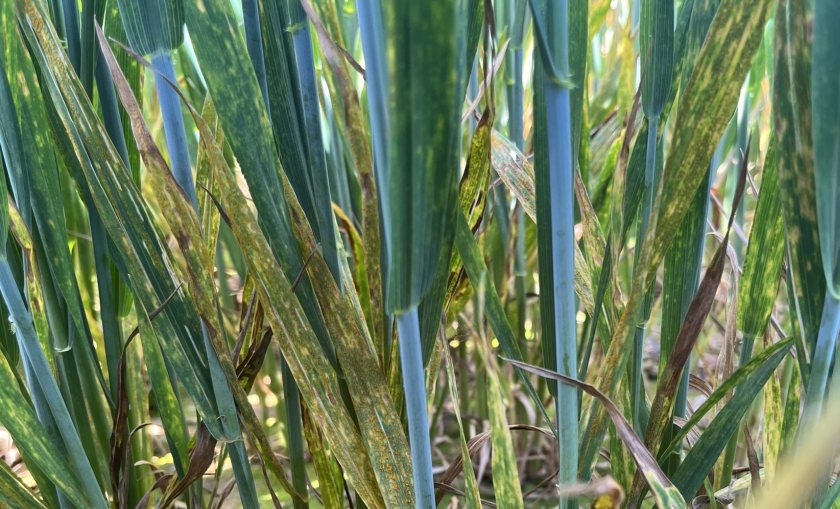
Fifty years of arable disease data is now accessible to farmers and the wider public following the launch of a new online platform.
The interactive platform allows free access to decades of arable crop disease data from across England and Wales.
Developed using current and historic data collected by Defra, the initiative will also include pest data in the coming months.
Annually, since 1970, 300 samples of winter wheat and 90 samples of winter oilseed rape, along with information on pesticide inputs, have been collected from randomly selected fields and assessed for signs of infestation.
With the launch of the platform, farmers can use it to identify trends and map nationwide crop pressures over the last half-century.
It could also be used to explore trends across seasons and explore the impact of IPM choices such as variety choice, sowing date decisions, or different agronomy practices.
Defra and ADAS, which both launched the platform, say that by opening up access to this data, it will lead to improvements in pest and disease risk forecasting.
It could also inform crop breeding priorities and could assist with understanding the impact of pesticide legislation and climate change.
Julie Smith, ADAS principal research scientist said: “This is the first time since the Defra pest and disease survey began over 50 years ago that all the insightful data collected from the field is readily available.
"We’ve worked hard to ensure this powerful dataset gives an accurate representation of growing pressures across England and Wales over multiple decades and that the data is easy to explore and visualise.
"We want this to be a useful open resource for anybody wishing to explore and understand crop pests and disease trends, whether they are a farmer, researcher or a policy maker.”
Defra's disease survey will continue in 2024 and this year’s data will be added to the database once all the 2024 winter wheat and winter oilseed rape crop samples have been collected and analysed.
Ms Smith said the resource would not have been possible without the thousands of farmers who have taken part in the survey since it began.
"Their contributions and continued support have meant everyone now can look back, see the bigger picture of crop pest and disease emergence, and find new ways to build our national resilience to crop disease and pest threats."
